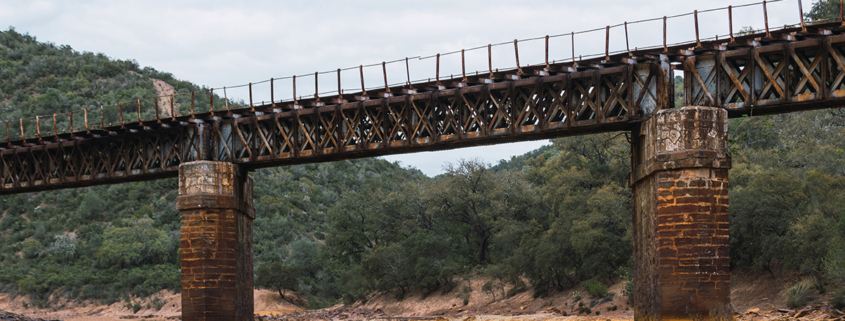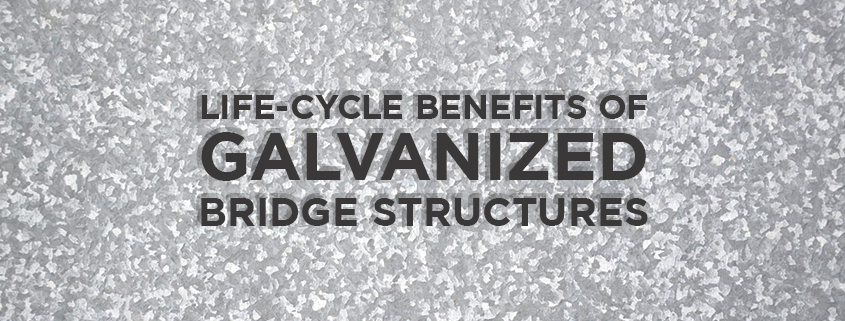Whether you are dealing with a giant suspension, cable-stayed, or truss bridge, your structure is sensitive to corrosion over time. Many things can cause corrosion, including natural elements like fire and water damage. But over time, corrosion will reduce the strength of a bridge’s structural elements, lower the load-bearing capacity, and increase fatigue on the structure.
To help maximize the strength and integrity of your bridge structure, here are several practical ways to combat bridge corrosion.
Regular Inspections
This one is self-explanatory but still the most reliable method to avoid bridge corrosion. Inspect bridges regularly and take note of any warning signs of corrosive damage. This will allow you to take early action and prevent catastrophic damage before it happens.
Also, make sure not to limit inspections only to the primary structural elements. Check things like the utility infrastructure elements that are suspended beneath bridges: hangers and seals are often affected by corrosive substances and can cause significant damage to the overall structure if left unattended.
Repairs
During your regular inspections, you may encounter regular signs of wear and tear on the structure. Getting a head start on making these repairs can prevent larger, more serious structural damages from accumulating in the future. For example, make sure to repair cracks and potholes as soon as possible; this will help prevent fluids from penetrating the roadbed and damaging the substructure.
Here are a couple of key fixes to consider:
- Apply an epoxy coating to the reinforced steel embedded within the concrete beams and pillars. While this may not completely halt the corrosion process, it will definitely slow it down between inspections.
- Use less permeable concrete when making repairs to the bridge infrastructure. This can help prevent water from reaching and rusting the internal metal substructures.
- Apply a sealant between the bridge deck and the upper driving surface. It will prevent seepage and pooling of corrosive solutions on and around the bridge’s metal components.
Galvanization
Many builders utilize the hot-dip galvanizing technique when constructing bridges. After properly cleaning and preparing the steel, it is submerged in 85% pure molten zinc, which reacts with the iron steel to create a strong, bonded coating.
There are many benefits to galvanizing. Mainly, galvanized steel does not require regular maintenance; in fact, galvanized steel prevents corrosion for up to 100 years in many cases. In fact, a galvanized bridge can reduce regular bridge maintenance by 50%.
Heating systems
If a bridge exists in a climate with extreme winter weather conditions, installing specialized heating systems can help deter the buildup of ice and snow. Using these systems can reduce the use of more harmful chemical solutions and require a large upfront investment, but they can pay off over time, especially in cold, snowy climates. This can also cut into the cost of workers needed to apply melting solutions, clear snow, and perform additional bridge maintenance and repairs.
Built to Last
As industry leaders and an AISC-recognized supplier, we guarantee the highest quality steel for every project. We build durable, reliable bridges quickly, using only the best tools and techniques available. Our pride comes from our wide variety of prefabricated bridge designs, which we know will easily meet your unique project needs.
Contact us for a free estimate, or use our industry-leading Bridgescope tool to begin planning your project now!


